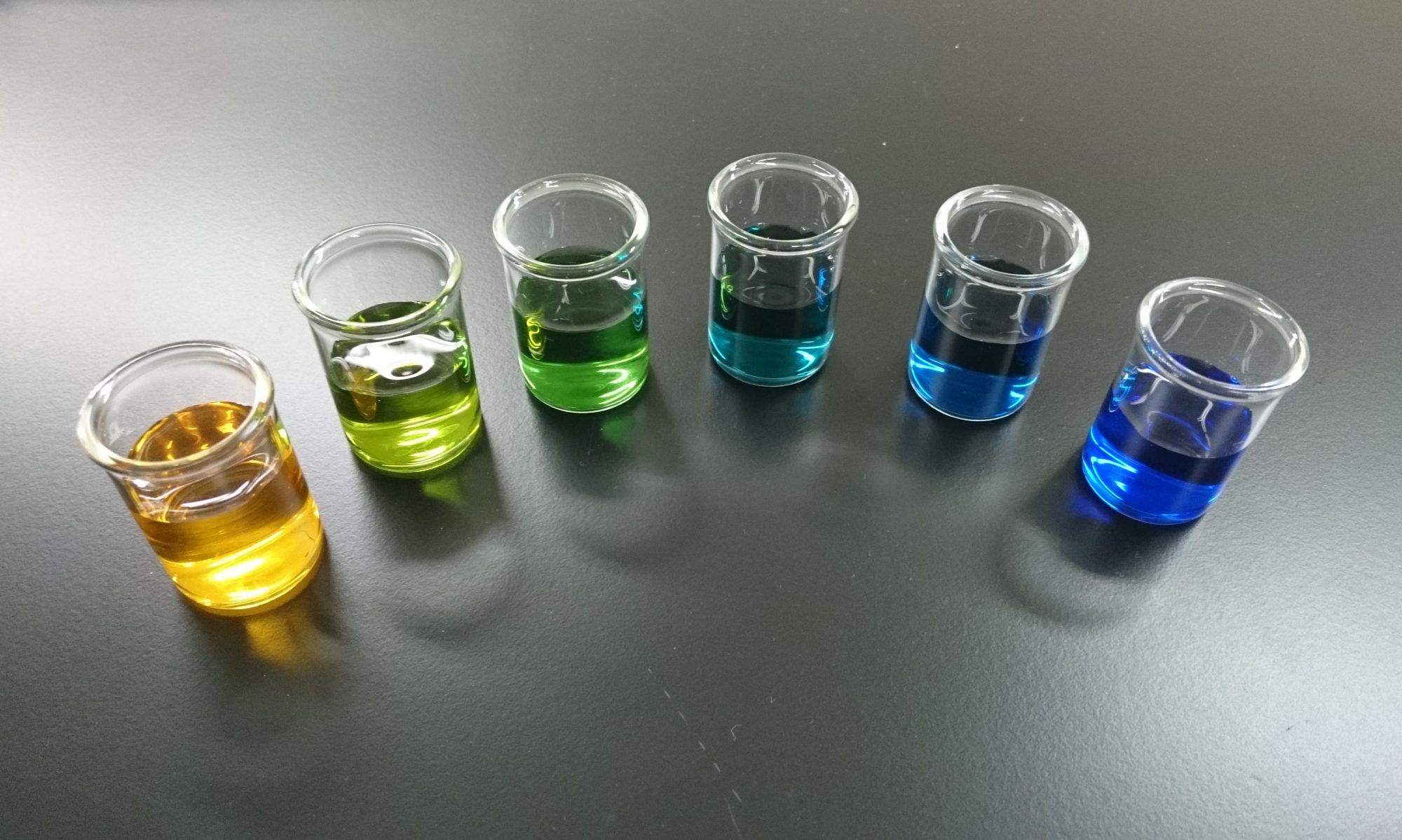問題1.3.2
次の方程式を解け。
(1)$\cos^{-1} x = \tan^{-1} \sqrt{5}$
(2)$\cos^{-1} x = \sin^{-1} \dfrac{1}{3}+ \sin^{-1} \dfrac{7}{9}$
《ポイント》
解法の基本は1.3.1と同じです。(1)ではまず$\cos x$と$\tan x$を結びつける関係式を利用します。(2)のように方程式の項が2つ以上の場合は加法定理を利用します。
《解答例》
(1)
$\cos^{-1} x = \tan^{-1} \sqrt{5}=\theta$と置く。ただし$0 \leqq \theta \leqq \dfrac{\pi}{2}$である。故に$\theta = \dfrac{\pi}{2}$は与式を満たさないから$0 \leqq \theta < \dfrac{\pi}{2}$となる。$\cos \theta \ne 0$であるから関係式$$\sin^2 \theta +\cos^2 \theta =1$$の両辺を$\cos^2 \theta$で割ると、関係式$$\tan^2 \theta +1 =\dfrac{1}{\cos^2 \theta}$$を得る。これと$\tan \theta = \sqrt{5}$より、$\cos \theta = \dfrac{\sqrt{6}}{6} \ \ (\therefore 0 \leqq \theta \leqq \dfrac{\pi}{2})$を得るから、
$$x =\dfrac{\sqrt{6}}{6} \ \ \cdots \cdots (\text{答})$$
を得る。
(2)
$\cos^{-1} x = \theta、 \sin^{-1} \dfrac{1}{3}=\alpha、 \sin^{-1} \dfrac{7}{9}=\beta$と置くと、与式より
$\theta = \alpha + \beta$ ・・・・・・①
である。$\sin \alpha =\dfrac{1}{3}、\sin \beta =\dfrac{7}{9}$より、$\cos \alpha =\dfrac{2\sqrt2}{3}、\cos \beta =\dfrac{4\sqrt2}{9}$である。①式と加法定理により、$$\begin{align} x &=\cos \theta \\ &=\cos (\alpha + \beta) \\ &=\cos \alpha \cos \beta \ – \sin \alpha \sin \beta \\ &= \dfrac{1}{3} \ \ \cdots \cdots (\text{答}) \end{align}$$
《コメント》
(2)のようなタイプの方程式は大学に入って最初の躓きやすいポイントだと思います。やってることは角度の計算だけです。
復習例題1.3.2
次の方程式を解け。
(1)$\cos^{-1} x = \cos^{-1} \dfrac{\sqrt 3}{2} +2\sin^{-1} \dfrac{\sqrt 3}{2}$
(2)$\sin^{-1} \dfrac{1}{2}x= 2\cos^{-1} \dfrac{\sqrt 2}{2}$
(3)$\tan^{-1} x = \tan^{-1} 2 + \sin^{-1} \left( -\dfrac{1}{2} \right)$
